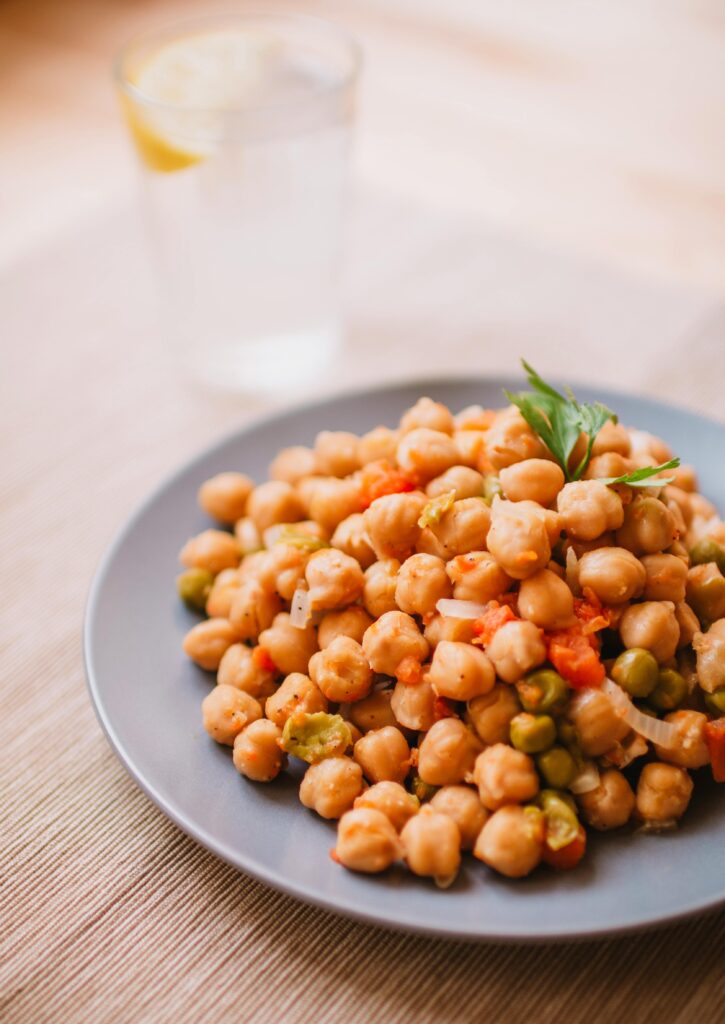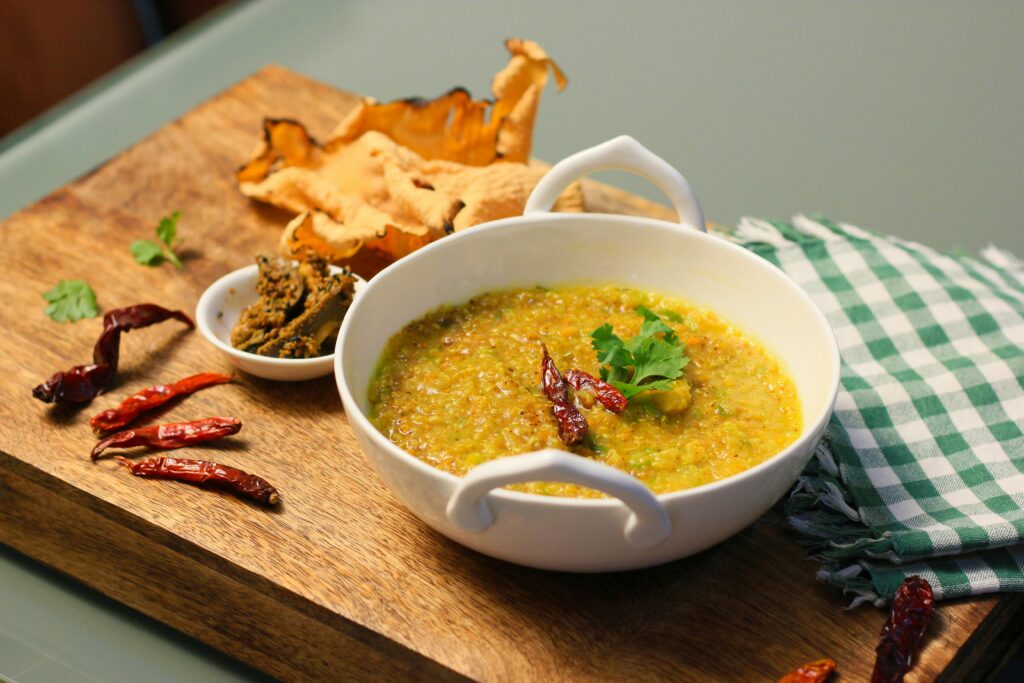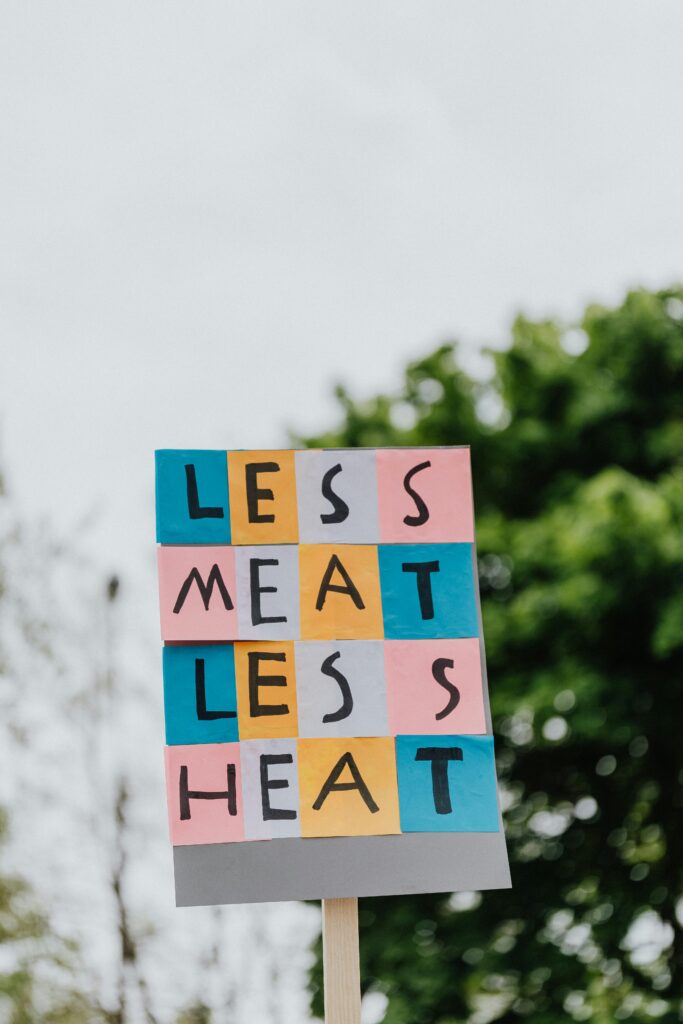India’s culinary heritage is a vibrant tapestry of flavors, spices, and traditions, and vegan Indian dishes are at the heart of this diversity. With a focus on plant-based ingredients, these dishes are not only delicious but also align with sustainable and ethical eating. This guide explores the world of vegan Indian dishes, offering recipes, tips, and insights to elevate your culinary experience.
Table of Contents
Why Vegan Indian Dishes Are a Global Sensation
They have taken the world by storm, blending rich spices with plant-based ingredients to create meals that are both flavorful and nutritious. Rooted in India’s ancient vegetarian traditions, these dishes are naturally suited for vegan diets, as many traditional recipes exclude meat and dairy. From creamy curries to crispy snacks, they offer something unique for every palate.
The Cultural Roots of Vegan Indian Dishes
India’s culinary history is deeply tied to vegetarianism, influenced by religions like Jainism, Buddhism, and Hinduism, which emphasize non-violence and plant-based eating. Many Indian dishes, such as dal (lentil stew) and sabzi (vegetable stir-fry), have been staples for centuries. These recipes often rely on lentils, vegetables, and spices, making them inherently vegan or easily adaptable.
Health Benefits of Vegan Indian Dishes
They are packed with nutrients, thanks to their reliance on whole foods like lentils, chickpeas, and vegetables. Spices like turmeric, cumin, and coriander not only enhance flavor but also offer anti-inflammatory and digestive benefits. For example, a bowl of chana masala (spiced chickpeas) provides protein, fiber, and essential vitamins, making it a wholesome meal choice.
3 Top Dishes to Try
Whether you’re a seasoned vegan or just exploring plant-based cuisine, these recipes are must-tries. Each recipe showcases the diversity of Indian cooking, from North Indian curries to South Indian dosas.
Chana Masala: A Spicy Chickpea Delight

Chana masala is a crowd-pleaser among Indian dishes, featuring chickpeas simmered in a tangy tomato-based sauce. Spiced with cumin, coriander, and garam masala, this dish is hearty and versatile, perfect with rice or flatbread. To keep it vegan, simply use oil instead of ghee and skip the yogurt garnish.
Masoor Dal: The Comforting Red Lentil Stew

Masoor dal, made from red lentils, is a staple in Indian households. This dish is quick to prepare, requiring minimal ingredients like lentils, tomatoes, and spices. A tadka (tempering) of mustard seeds and curry leaves adds depth, making it a comforting meal served with rice or roti.
South Indian Dosa: Crispy and Vegan-Friendly

Dosa, a South Indian favorite, is naturally made from a fermented batter of rice and urad dal. Served with coconut chutney and sambar (a lentil-based stew), this dish is light, crispy, and perfect for breakfast or dinner. Experiment with fillings like spiced potatoes for a masala dosa.
How to Cook Vegan Indian Dishes at Home
Cooking at home is easier than you think, thanks to the availability of spices and plant-based ingredients. This section covers essential tools, ingredients, and cooking methods to help you master these recipes.
Essential Ingredients for Cooking
To whip up vegan dishes, stock your pantry with:
- Lentils and Legumes: Red lentils, chickpeas, and black gram for dals and curries.
- Spices: Cumin, coriander, turmeric, garam masala, and mustard seeds for flavor.
- Vegetables: Potatoes, cauliflower, spinach, and tomatoes for versatile dishes.
- Coconut Milk: A vegan substitute for cream in curries like korma.
- Fresh Herbs: Cilantro and curry leaves for garnishing.
Vegan Substitutes for Traditional Ingredients
Many Indian recipes use ghee or yogurt, but vegan Indian dishes can be just as delicious with substitutes:
- Replace ghee with coconut oil or vegetable oil.
- Use coconut yogurt or cashew cream instead of dairy yogurt.
- Opt for plant-based milk (like almond or soy) in creamy curries.
Tips for Perfecting The Dishes
To take your recipes to the next level, consider these tips:
- Toast Spices: Dry-roast whole spices before grinding to release their aroma.
- Layer Flavors: Add spices in stages (e.g., cumin at the start, garam masala at the end) for depth.
- Use Fresh Ingredients: Fresh ginger, garlic, and herbs elevate the dish.
- Balance Heat: Adjust chili levels to suit your taste, as Indian cuisine varies in spiciness.
Pairing Vegan Indian Dishes with Sides
- Basmati Rice: A fragrant base for curries like dal or chana masala.
- Vegan Naan or Roti: Soft flatbreads to scoop up sauces.
- Cucumber Raita: Made with coconut yogurt for a cooling contrast.
- Pickles and Chutneys: Mango pickle or mint chutney for a tangy kick.
The Future of Vegan Indian Dishes
As veganism grows worldwide, vegan Indian dishes are gaining traction in restaurants and home kitchens. Chefs are innovating by creating vegan versions of classics like butter chicken (using tofu or jackfruit) and experimenting with fusion recipes. The accessibility of ingredients and the rise of vegan-friendly Indian restaurants make it an exciting time for plant-based food lovers.
Vegan Indian Dishes in Restaurants
Many Indian restaurants now offer dedicated vegan menus, featuring dishes like baingan bharta (smoky eggplant curry) and vegetable biryani. Cities like London, New York, and Mumbai are hotspots for vegan Indian cuisine, with eateries using plant-based ingredients to cater to diverse diets.
Fusion Vegan Indian Dishes
Fusion cuisine is redefining vegan Indian dishes. Think vegan paneer tikka tacos or quinoa-stuffed dosas. These innovative recipes blend Indian flavors with global ingredients, making vegan Indian dishes more accessible and appealing to younger audiences.
Beginner’s Guide to Vegan Indian Cooking
If you’re new to vegan Indian cuisine, start with these steps:
- Stock Your Pantry: Invest in basic spices like cumin, coriander, and turmeric, available at most grocery stores or online at Spicewalla.
- Start Simple: Try easy recipes like masoor dal or vegetable stir-fry before tackling complex dishes.
- Learn Techniques: Master tempering (tadka) by heating spices in oil to release their flavors.
- Explore Resources: Blogs like Vegan Richa and Dassana’s Veg Recipes offer step-by-step guides and videos.
- Join Communities: Connect with vegan Indian food enthusiasts on platforms like X or Instagram for tips and inspiration.
Connecting with the Vegan Indian Food Community
- Follow Blogs: Explore Holy Cow Vegan for authentic recipes and creative twists.
- Social Media: Follow influencers like @cravings4vegan on Instagram for recipe ideas and community events.
- Cookbooks: Invest in cookbooks like Vegan Richa’s Indian Kitchen for comprehensive recipes.
- Local Events: Attend vegan food festivals or cooking classes in cities like Mumbai or London to connect with like-minded foodies.
Call to Action
Vegan Indian dishes offer a delicious way to embrace plant-based eating while celebrating India’s rich culinary heritage. Start by trying one of the recipes above, stocking your pantry with essential spices, or exploring restaurants in your area. Share your creations on social media with #VeganIndianCuisine to inspire others. Whether you’re cooking for health, ethics, or flavor, vegan Indian dishes are sure to delight your taste buds and nourish your soul.


